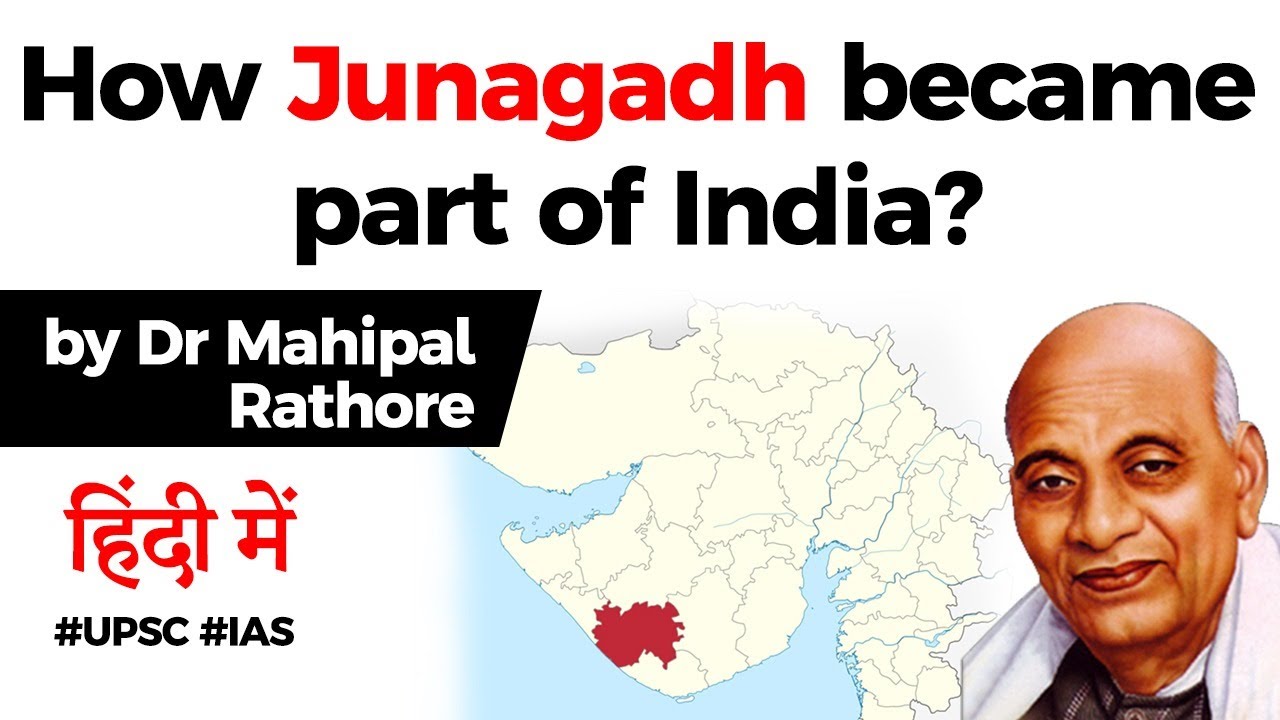How this border transformed a subcontinent | India & Pakistan
Summary
TLDRThis video script explores the traumatic legacy of the 1947 partition of British India, which divided the subcontinent into India and Pakistan. The partition, hastily drawn by a British lawyer with little knowledge of the region, resulted in widespread violence, forced migrations, and the division of families and communities. The video highlights the ongoing impact of this border, which separates religious and cultural sites, like the Golden Temple and Kartarpur, and fosters deep-rooted tensions between the two nations. Despite shared cultural heritage, political divisions continue to stoke nationalism and division, leaving a lasting scar on both sides.
Takeaways
- 😀 The Golden Temple in Amritsar is a key religious site for Sikhs, attracting visitors from around the world to experience its holiness.
- 😀 The partition of India in 1947, hastily drawn by a British lawyer with little knowledge of the region, created a devastating division between India and Pakistan.
- 😀 The border between India and Pakistan, drawn by the British, separates sacred Sikh sites, such as the Golden Temple and Kartarpur, disrupting religious practices and cultural connections.
- 😀 The partition led to one of the largest forced migrations in history, with 14 million people being displaced along religious lines, leading to immense violence and suffering.
- 😀 The partition's impact is still felt today, with families separated, and borders heavily fortified, creating division and animosity between India and Pakistan.
- 😀 The line dividing India and Pakistan not only separated families but also communities, cutting through rivers, farms, and railroad tracks, leaving deep scars on both sides.
- 😀 The chaotic violence following partition resulted in cities being destroyed, widespread murders, and the trauma of millions, particularly women and children.
- 😀 Despite the political divide, there are cultural similarities between India and Pakistan, with shared traditions, language, and cuisine that transcend the border.
- 😀 Nationalism and political manipulation have exacerbated tensions between India and Pakistan, with politicians on both sides fostering divisions to maintain power and control.
- 😀 Recent efforts, such as the creation of a corridor for Sikhs to visit Kartarpur, provide a glimmer of hope for easing the division, although many other issues remain unresolved.
Q & A
What was the significance of the Golden Temple in Sikhism?
-The Golden Temple is the epicenter of Sikhism, where people come from all over the world to bathe in its waters, view the Holy Book inside, and experience the holiness of the place.
Why was Kartarpur an important site for Sikhs?
-Kartarpur is the second holiest site in Sikhism and was established by the founder of Sikhism. It is where he spent the last years of his life.
How did the partition of India and Pakistan in 1947 affect Sikhs?
-The partition split the Sikh community, cutting them off from their holy sites, including Kartarpur. The new border separated families and caused significant hardships for Sikhs on both sides.
What was the role of the British lawyer in the partition process?
-A British lawyer, who had little knowledge of Indian geography and politics, was tasked with drawing the border between India and Pakistan. He based his decisions primarily on religious census data, which did not account for the complex, mixed communities.
How did the partition lead to violence and trauma?
-The partition led to widespread violence, including murder, arson, and sexual violence. Over 14 million people were displaced, and the violence during migration created deep trauma that persists today.
What was the partition's impact on communities living along the border?
-The partition displaced communities, such as those in a village near the border that had originally been a Muslim community. The border divided people with shared histories, and many families were forced to flee.
What does the daily border ceremony symbolize?
-The border ceremony, which includes a coordinated flag-lowering ritual, reflects intense nationalism. Despite its theatrical nature, it highlights the division between India and Pakistan, a division that was artificially created by the British partition.
What were the consequences of the British hasty decision to partition India?
-The British decision to partition India hastily, without sufficient planning or consultation, led to a chaotic and traumatic migration, widespread violence, and a division that continues to affect India and Pakistan politically and socially.
How has the partition and border division impacted Indo-Pakistani relations?
-The partition created lasting tensions, leading to several wars, a fortified border, and nuclear armament by both countries. Despite shared cultural ties, the political and military divisions have fueled ongoing conflict and mistrust.
What is the significance of the newly proposed corridor for Sikhs?
-The proposed corridor, which will allow Sikhs to access Kartarpur without a visa, is a small step toward restoring some of the lost connection between communities divided by the border. It symbolizes hope for reconciliation and greater access to holy sites.
Outlines

此内容仅限付费用户访问。 请升级后访问。
立即升级Mindmap

此内容仅限付费用户访问。 请升级后访问。
立即升级Keywords

此内容仅限付费用户访问。 请升级后访问。
立即升级Highlights

此内容仅限付费用户访问。 请升级后访问。
立即升级Transcripts

此内容仅限付费用户访问。 请升级后访问。
立即升级浏览更多相关视频

INDEPENDÊNCIA DA ÍNDIA Resumo de História - Polis Consultoria

CLA 1 | Question 2

How Junagadh became part of India? History and Timeline of Junagadh Princely State #UPSC #IAS

Kenapa India & Pakistan Pisah? Benarkah Karena Islam - Hindu Diadu Domba? | Learning By Googling

Mengapa India & Pakistan Memperebutkan Kashmir? | SEJARAH PERANG KASHMIR

Sejarah Islam di Anak Benua India
5.0 / 5 (0 votes)
